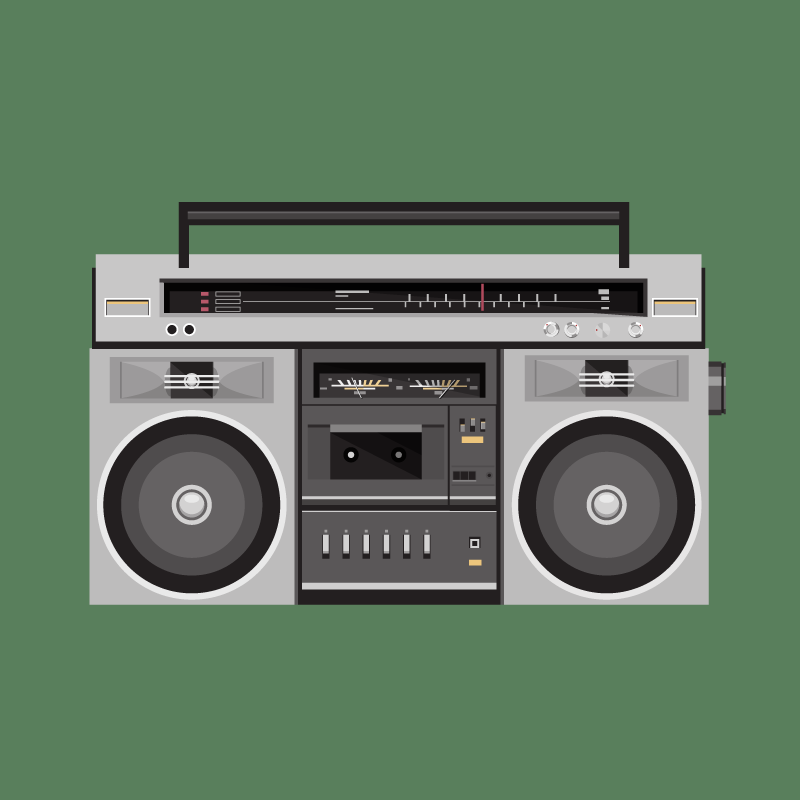I have been teaching an elective intermediate Authentic Listening class for two years at one of the universities I work at. During that time, I have had my students submit extensive listening journals as part of outside class study (something institution-wide). This is a place I am going to put down a few ideas about what has been more and less successful over the last 4 semesters.

Problematising listening
In setting the listening journal homework, I had my students log what problems they had with the authentic texts they were listening to. This allowed me to see whether there were problems with decoding, using top-down strategies, dealing with allophones/phonemic variation and more.
This has been most useful when done thoughtfully, though some students had just treated it as a proverbial hoop to jump through and logged the same problem week on week with insufficient detail.
Subtitles
In the first three semesters I requested students not to use subtitles with their listening. My rationale was that this was not sufficiently authentic and that all some students would do is read the subtitles and not listen sufficiently. In August 2019, though, I went to New Sounds and saw a great presentation by Natalia Wisniewska and Juan C. Mora (2019) on the use of L1 and/or L2 subtitles in listening. In her study, she stated that L1 subtitles allowed learners to gain more meaning, while L2 facilitated more accurate pronunciation.
Seeing as both types of subtitles had their benefits, I set my students to listen with a mix of L1 subtitles, L2 subtitles and no subtitles in the semester just completed. The results were rather good for the students who followed my instructions properly. It also resulted in more homework actually done than in previous semesters, although quite a few students did less listening without subtitles than I would have liked.
A balanced listening diet
TED talks are extremely popular with my students, though not my cup of tea, to be honest. Where students have used a lot of the same type of text, I tried to recommend something very different, such as dramas or bits of films for the TED enthusiasts, and some interviews on a popular video site for the Netflix addicts. Most students tried to balance their listening here, with at least two listens to something a bit different, but we all have our preferences, and sometimes it’s hard to expand a listing palate over just one semester. This is something I do want to build on, though.
These are just a few ideas that I plan to build on and reflect on over coming years and syllabi.
References
Wisniewska, N., & Mora, J. C. (2019) Can Watching Captioned Movies Improve L2 Pronunciation? (Presentation) August 31, 2019. New Sounds 2019 Conference, Waseda University.
